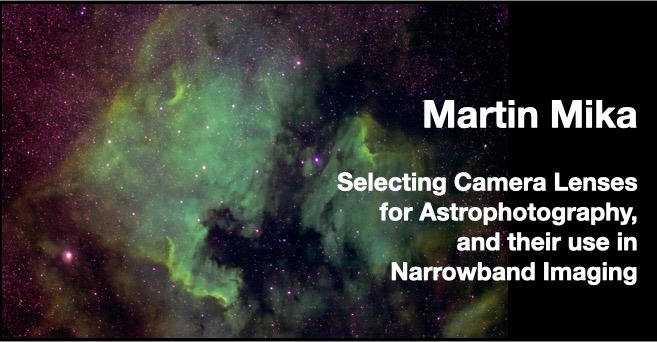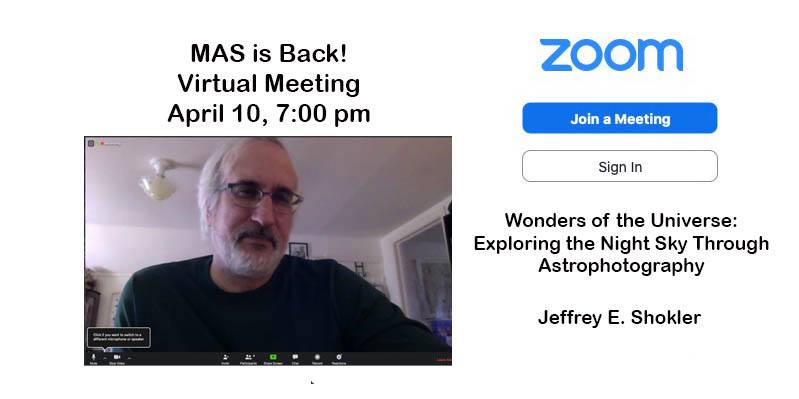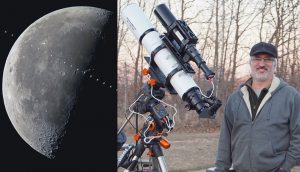Increasing Vision

A photographer’s personal journey into deep-sky astrophotography, from mild interest through the slow but inexorable descent into madness. Lessons learned. Pitfalls explored (from the bottom). Equipment choices, techniques and resources for beginners: how to put a toe in the deep-sky or planetary waters and avoid most of the piranhas.
Rick Wayne is a husband, a dad, and a software engineer for UW Soils, where he writes agronomic decision-support software (motto: “Sweet Bog where do I put all these tons of cow poop?”)
He is an Outdoor Emergency Care instructor and runs the regional instructor-development program for the Ski Patrol, and holds National Appointment #11910...
Read More





